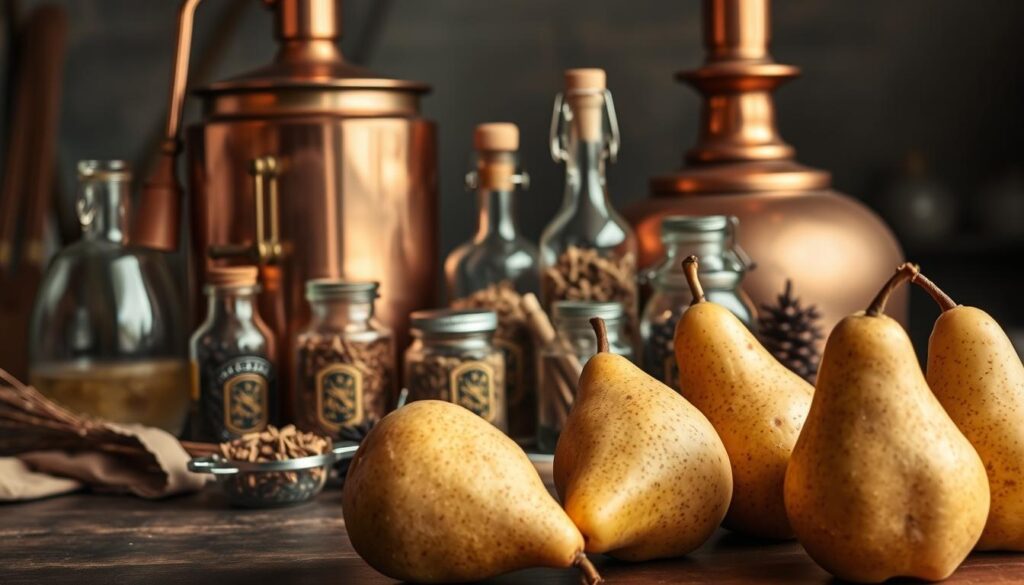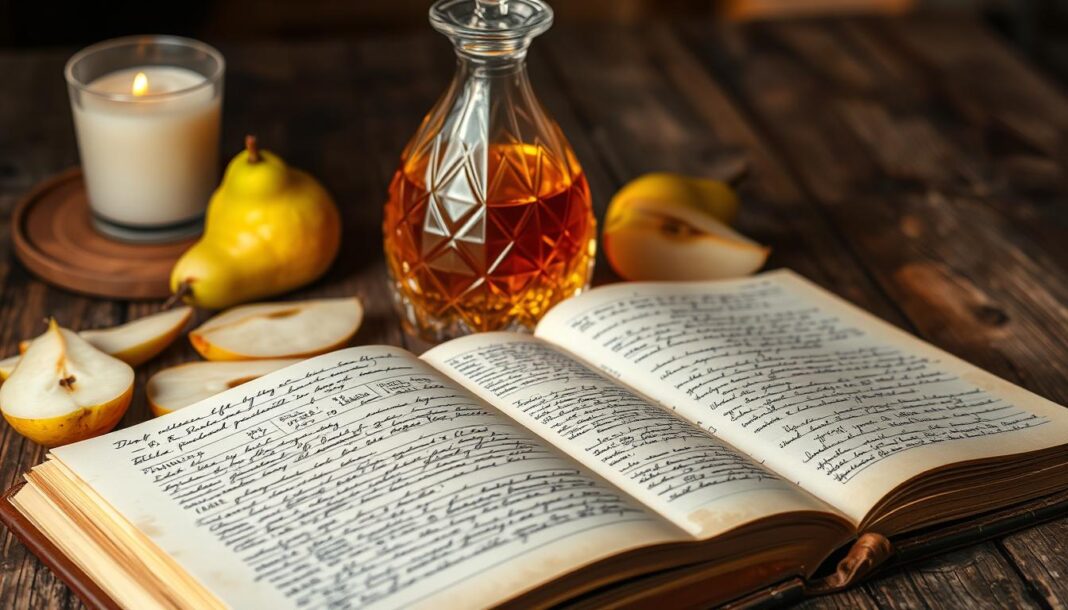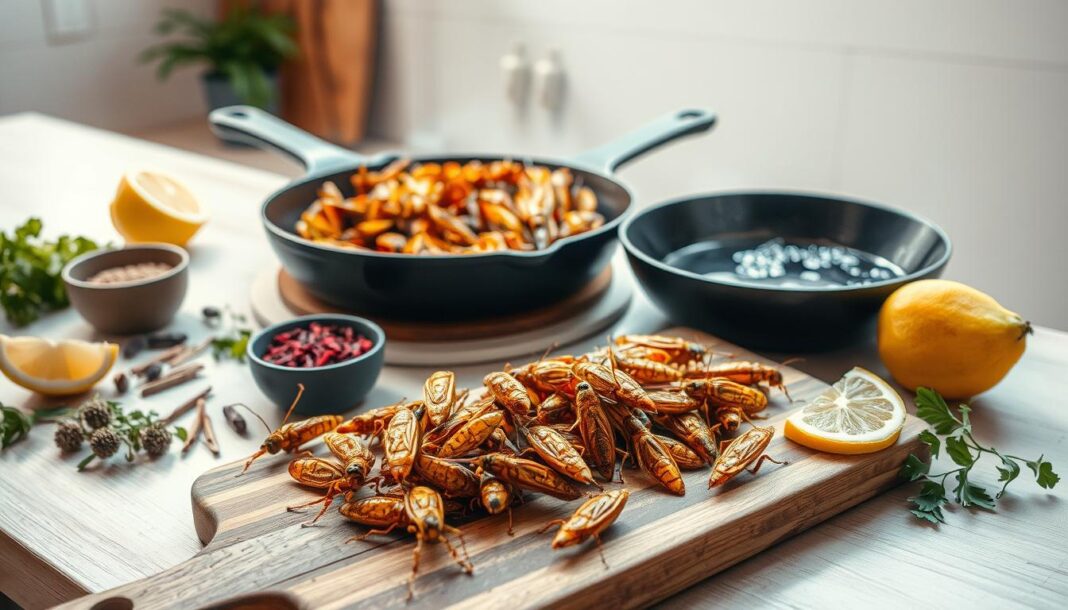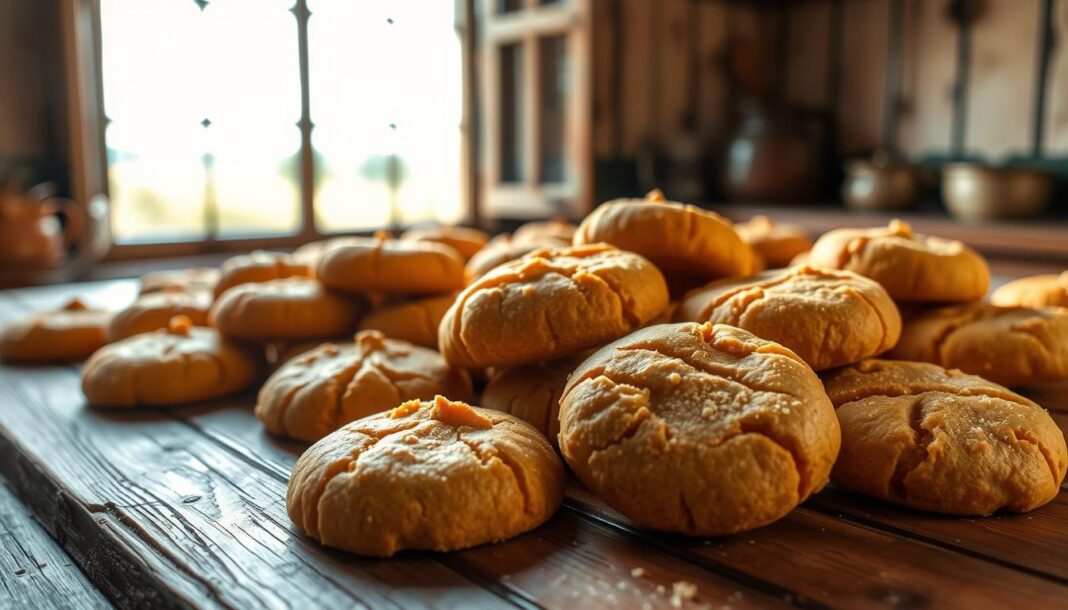Creating a delicious homemade pear liqueur using brandy is a rewarding experience that combines the sweetness of fruit with the dryness of spirits. Through years of testing and experimentation, we’ve perfected our technique to produce a high-quality, homemade spirit that rivals commercial versions.
By making your own pear brandy, you can capture the essence of ripe pears in a bottle, resulting in a versatile ingredient that works beautifully in cocktails or as a standalone digestif. Our comprehensive guide will walk you through each step of the process, from selecting the perfect fruit to bottling your finished product.
Key Takeaways
- Learn how to make a high-quality, homemade pear brandy that rivals commercial versions.
- Discover the benefits of using natural ingredients to create an authentic flavor.
- Understand the process of capturing the essence of ripe pears in a bottle.
- Explore the versatility of homemade pear brandy in cocktails and as a digestif.
- Get expert tips and techniques for refining your pear brandy recipe.
Understanding Pear Brandy: The Perfect Homemade Spirit
The world of homemade spirits is incomplete without understanding pear brandy, a clear and potent liquor. Pear brandy, known technically as eau de vie de poire, is a spirit distilled directly from fermented pears, capturing their essence without added sweetness.
What Is Pear Brandy?
Pear brandy is a type of liquor that is made by distilling fermented pears. This process results in a clear, potent spirit that embodies the natural flavor of the pears. Unlike other spirits that may include added flavorings or sweeteners, true pear brandy is characterized by its simplicity and focus on the fruit itself.
Pear Brandy vs. Pear Liqueur: Key Differences
The primary distinction between pear brandy and pear liqueur lies in their production methods and ingredients. While pear brandy is distilled directly from pears, pear liqueur is typically made by combining a base spirit with pear flavor and sweeteners. This difference gives pear brandy a dry and intensely fruity flavor profile, whereas liqueurs tend to be sweeter and more varied in taste.
| Characteristics | Pear Brandy | Pear Liqueur |
|---|---|---|
| Production Method | Distilled from fermented pears | Combines base spirit with pear flavor and sweeteners |
| Flavor Profile | Dry, intensely fruity | Sweeter, varied |
| Sweetness Level | No added sugar | Contains added sugar |
Why Make Your Own Pear Brandy
Making your own pear brandy at home allows for customization of sweetness levels, intensity of pear flavor, and complementary spice additions. By using fresh, ripe pears, homemade pear brandy can deliver a superior flavor compared to mass-produced versions, which often rely on concentrates or artificial flavorings.

Essential Ingredients and Equipment for Your Pear Brandy Recipe
Creating a superior pear brandy begins with selecting the finest ingredients and understanding the essential equipment needed for the process. The quality of your pear brandy is directly related to the quality of the ingredients you choose and the equipment you use.
Selecting the Perfect Pears
For a delicious pear brandy, choosing the right pears is crucial. We recommend using fully ripened pears as they contain higher sugar content and more developed flavor compounds. The variety of pears you select will significantly impact the final flavor profile of your brandy. For instance, Bartlett pears offer a classic, sweet pear flavor, while Bosc pears contribute a more complex, spicy note.
Choosing Your Base Spirit
Your base spirit selection forms the foundation of your pear brandy. While we typically use a quality brandy for authenticity, vodka provides a neutral canvas that allows the pear flavor to shine more prominently. You can also experiment with other spirits like gin, rum, or whisky, but the outcome may vary.
Additional Flavorings and Ingredients
Beyond pears, essential ingredients include granulated sugar for creating the syrup, filtered water, and optional complementary flavorings like vanilla bean, cinnamon stick, or lemon zest. When selecting additional flavorings, we recommend restraint to enhance the natural pear flavor rather than compete with it.
Required Equipment
The equipment needed remains relatively simple: a large glass jar for infusion (at least 1-gallon capacity), fine-mesh strainers, cheesecloth or coffee filters for clarification, and bottles for storage. A digital kitchen scale is also helpful to ensure consistency in your recipe.
| Ingredient/Equipment | Purpose | Notes |
|---|---|---|
| Ripe Pears | Main flavor component | Choose ripe pears for higher sugar content |
| Granulated Sugar | Creating syrup | Adjust to taste |
| Base Spirit (Brandy/Vodka) | Foundation of the brandy | Brandy for authenticity, Vodka for neutrality |
| Glass Jar | Infusion | At least 1-gallon capacity |
| Digital Kitchen Scale | Measuring ingredients | Ensures consistency |

Step-by-Step Pear Brandy Recipe
With the essential ingredients and equipment in hand, we’re ready to embark on the journey of crafting our pear brandy. This process involves several key steps that will transform simple ingredients into a delicious and refined spirit.
Preparing Your Pears
We begin by carefully washing and chopping one pear, making sure to discard the seeds and core while leaving the skin intact. The skin is crucial for maximum flavor extraction. For optimal results, we slice the pears into small, uniform pieces to increase the surface area, allowing for better flavor extraction during the infusion process.
Creating the Sugar Syrup
The sugar syrup is a critical component of our pear brandy recipe. We combine water and sugar in a 1:1 ratio, heating the mixture just until the sugar fully dissolves. This process typically takes about 5 to 7 minutes on medium heat, followed by an additional 5 minutes of simmering after reducing the heat. We then let the syrup mixture cool completely before proceeding.
Combining Ingredients and Initial Infusion
We place the chopped pear and a split vanilla bean in a sealable glass jar, covering them with brandy. The jar should have enough room to add another cup of liquid later in the process. After sealing the jar, we shake it gently and let it steep for 2 days. We then remove the vanilla bean and continue to let it steep for another 3 days, allowing the flavors to meld together.
Straining and Secondary Infusion
After the initial infusion, we chop a second pear and add it to a pot with water and sugar, bringing the mixture to a boil. Once cooled, we pour this syrup into the steeping jar, shake it, and let it steep for another 2 days. We taste the mixture and, if the desired flavor is achieved, we strain it through a fine-mesh strainer and then a coffee filter into a bottle or jar.
Bottling Your Finished Pear Brandy
The final step involves bottling our pear brandy in sterilized glass containers. We prefer using amber bottles to protect the brandy from light exposure, which can degrade both flavor and color over time. With patience and careful handling, our homemade pear brandy is now ready to be enjoyed.
Expert Tips for Perfecting Your Pear Brandy
To create a truly outstanding pear brandy, it’s essential to understand the nuances of the process. Crafting the perfect pear brandy involves a combination of quality ingredients, patience, and attention to detail. We’ve distilled our expertise into several key areas to help you refine your pear brandy recipe.
Flavor Variations and Customizations
Experimenting with different flavors can elevate your pear brandy to new heights. Consider adding complementary ingredients like star anise, cardamom pods, or slices of fresh ginger to create unique variations. However, be mindful that stronger flavoring agents like ginger should be removed earlier than the pears, as they release their flavors more quickly.
- Add a couple of slices of fresh ginger for a spicy twist.
- Use star anise to introduce a sweet, licorice-like flavor.
- Cardamom pods can add a complex, aromatic note to your pear brandy.
Troubleshooting Common Issues
One common issue encountered in making pear brandy is cloudiness in the final product. This can be addressed by multiple filtrations or allowing the brandy to settle for a couple of weeks before decanting. Consistent, cool storage temperatures also play a crucial role in preventing infusion process issues.
- Cloudiness can be remedied by filtration or settling.
- Temperature fluctuations can negatively impact the infusion process.
Aging and Maturation Process
The aging process continues even after bottling, with pear brandy typically reaching its peak flavor after about 3-4 weeks. Some batches may continue to improve for a couple of months. Time is a critical factor in integrating the flavors of the pear and the base spirit.
Testing for Readiness
To determine if your pear brandy is ready, look for a clear appearance, a pronounced pear aroma, and a balanced flavor that showcases both the fruit and the base spirit. If the brandy tastes too alcoholic, adding a bit more sugar syrup can help balance the heat of the spirit.
- Check for clarity and a pronounced pear aroma.
- Ensure the flavor is balanced between the pear and the base spirit.
- Adjust the sweetness level if necessary.
Enjoying Your Homemade Pear Brandy
Now that you’ve crafted your own pear brandy, it’s time to explore the various ways to savor it. We’ve found that homemade pear brandy reaches its peak serving potential after resting in the bottle for at least a couple of weeks, allowing the flavors to fully integrate and mellow.
One of our favorite ways to enjoy pear brandy is in a simple champagne cocktail – add just a splash (about 1/2 oz) to a glass of dry sparkling wine for an elegant aperitif. For a refreshing summer option, combine 1 oz pear brandy with sparkling water, a squeeze of lemon, and a thin slice of ripe pear as garnish – served in a tall glass over ice.
Pear brandy also makes an excellent base for more complex cocktails. We particularly enjoy it as a substitute for traditional brandy in a Sidecar, paired with orange liqueur and fresh lemon juice. During colder months, serve your pear brandy at room temperature in small cordial glasses as a digestif after dinner.
The versatility of pear brandy extends beyond beverages; try adding it to poaching liquid for fresh pears or use it in a signature cocktail recipe featuring gin and honey syrup.


